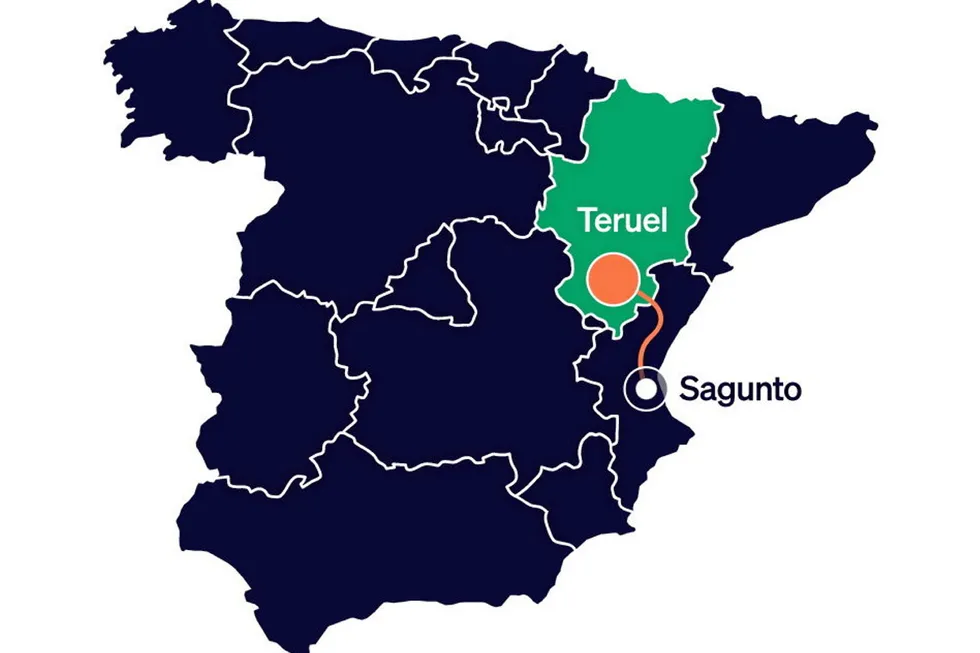Enagas and CIP to invest €1.7bn in 500MW Spanish green hydrogen project that will turn grey ammonia green
The H2 from the facility, powered by 1.1GW of onshore wind and solar, will be sent along a 221km pipeline to an existing fertiliser plant

The H2 from the facility, powered by 1.1GW of onshore wind and solar, will be sent along a 221km pipeline to an existing fertiliser plant
